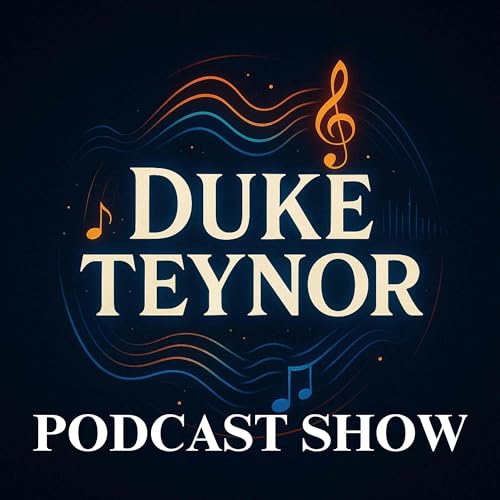
HAPPY HALLOWEEN
Failed to add items
Add to basket failed.
Add to Wish List failed.
Remove from Wish List failed.
Follow podcast failed
Unfollow podcast failed
-
Narrated by:
-
By:
About this listen
Did you know that Halloween generates over $10 billion in consumer spending each year in the US alone? But what's really fascinating is how this ancient Celtic harvest festival transformed into one of our most communal modern celebrations.
That economic impact is stunning, and you know what's interesting about Duke's message? He captures this beautiful duality of Halloween - how it's both a deeply personal and widely shared experience.
The Celtic Samhain festival was traditionally celebrated under the harvest moon, marking when the boundary between our world and the spirit world was believed to be thinnest.
Well, research shows that about 65% of Americans still incorporate storytelling into their Halloween celebrations, directly echoing those ancient Celtic traditions. And speaking of traditions, studies indicate that over 70% of American households participate in some form of Halloween activity - whether it's decorating, handing out candy, or attending community events.
You know, I've been reading about how Halloween celebrations have evolved - like how trunk-or-treat events have grown by 300% in the last decade.
Recent studies show that communities with strong Halloween participation actually report higher levels of social cohesion throughout the year. It's like this one night creates these lasting bonds.
Studies show that shared experiences of controlled fear, like what we get during Halloween, can actually strengthen social bonds. It's fascinating how this holiday manages to combine fear and fun in a way that brings people together.
That's such an interesting point about the psychology. And you know, recent data shows that about 85% of parents report that Halloween helps their children develop social skills through interaction with neighbors.
And let's talk about the creative aspect - the National Retail Federation reports that Americans spend over $3 billion annually just on costumes. But what's really interesting is that about 30% of these costumes are homemade or customized, showing how people use this holiday as a creative outlet.
Well, that creativity extends to home decorations too. I saw a study showing that Halloween is now the second-biggest decorating holiday after Christmas, with the average household spending around $100 on decorations.
You know what's fascinating about that? The decoration trend actually started during the Victorian era as a way to make the holiday less about mischief and more about community celebration. And now, some neighborhoods report increased property values in areas with strong Halloween participation!
Looking at the broader picture, I think what makes Halloween so special is how it combines all these elements - community, creativity, tradition, and innovation - into this one magical night that somehow manages to feel both ancient and completely contemporary at the same time.
That's such a perfect way to sum it up. It's like Halloween holds this mirror up to our communities, showing us how we can come together and create something magical, even if just for one night.
And perhaps that's the real treat of Halloween - not the $2.6 billion spent on candy, but this reminder that we're all capable of creating magic together, of transforming our everyday spaces into something extraordinary, even if just for a little while.



